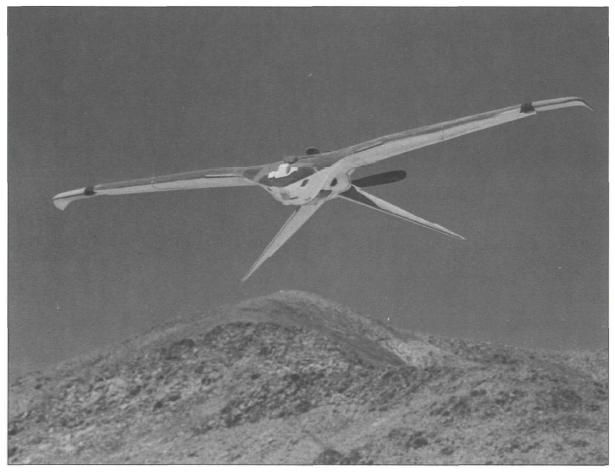The USA was profoundly eager about spying on the communist countries during the cold war, and their military-industrial complex was developing spectacular designs at that time. Miracles of their engineering at the time were the nippy SR-71 Blackbird and high flying U-2 Dragon Lady spyplanes, which were large and magnificent plane designs that had the potential to outpace the enemy’s defense. Those planes were setting several records for speed and elevation and are considered technical marvels to this date.
Aside from the above mentioned technical marvels of the US, there was this one different project and the most complex infiltration attempt of the cold war, and it was called Project Aquiline.
The striking and unique thing about this project was that they were going to power it through nuclear energy, which was no less than a scientific breakthrough. The project was intended to have a fleet of 12 bird-shaped drones acting as a robotic spy plane and a courier for secrete payloads. It had the potential to stay in the air for up to 30 days, but the project never completed. The CIA recently disclosed the plan and the referring documents.
CIA planned project Aquiline to be the first computerized intelligence collection program. The main idea of this project was to develop, obtain, and maintain an operational capability to conduct a stealthy and secret survey in difficult and distant areas. McDonnell Douglas, an aviation defense contractor, was to design this project, and it was very different from the company’s famous jets.
Aquiline was a small drone, and supposedly plans were to keep it close to a life-sized bird. Despite the technological limitations at the time, it had a length of 5 feet, 7.5 feet width, and a takeoff weight of 83 pounds. A silent 3.5 horsepower, four-cycle engine enabled this drone to have a speed of 47 to 80 knots and an endurance of 50 hours and 1,200 miles in the distance. Aquiline’s maximum elevation was estimated at 20,000 feet.
Nuclear power had a lot more in store for this project. The technology previously developed for deep space probes was suggested by the CIA to be installed in this drone. They proposed to equip a radioisotope propulsion system on the flying drone that would convert the waste heat from decaying isotopes (like plutonium) into electric power and would enhance the drone’s endurance to an extraordinary 30 days or 36,000 miles.
Photographic and intelligence payloads were to be carried by this drone. It would take aerial snaps of sensitive areas while flying much lower than the U-2 spy plane and would capture electronic signals of radios, radar, and other such devices for additional analysis.
Unlike crewed planes, Aquiline was able to fly much closer to its targets because of its bird-like shape and was able to produce high-resolution snaps as well as to record electromagnetic signals. CIA wanted to monitor some locations very tightly, so they enabled this drone to secretly drop off payloads such as specially developed sensors near those sites.
Aquiline was initially based on the characteristics of large, hovering birds, but this changed in time to include real bird-like aspects. The CIA described Aquiline as a “small, bird-like camouflaged vehicle with sufficiently small acoustic, visible, and radar cross-section. Radars and human sentries at sensitive areas would consider Aquiline to be a real bird, hence, paying very little attention to it.
Aquiline was to be launched, controlled, and recovered by mobile ground crews. These crews could operate Aquiline from front-line states bordering the Soviet Union or China, in places like Taiwan, Turkey, Norway, or elsewhere, to maximize the amount of time the drone could operate over enemy territory. The tiny drone would then beam its data to a specially modified DC-6 (later changed to a U-2R reconnaissance plane) hovering nearby, ensuring that the drone need not carry its data and storage devices. Data storage at the time was large and cumbersome, consisting of punch cards, tape, or massive hard disk drives, driving up weight and power requirements.
The bird drone was deemed to be developed at area 51 with the various documents noting the personnel requirements. The program was top secret, with access doled out on a strictly “need-to-know” basis. The plan was so secret that it recommended personnel be recruited two years before the first flight to ensure enough staff could pass the critical security checks.
Aquiline was heavily reliant on a deceiving trait, and if the Soviets or Chinese found out about it, their anti-aircraft fire or MiG fighter jets could have quickly shot it down. In the end, Aquiline was no more than a glimmer in the eye of a small few in the intelligence community.

